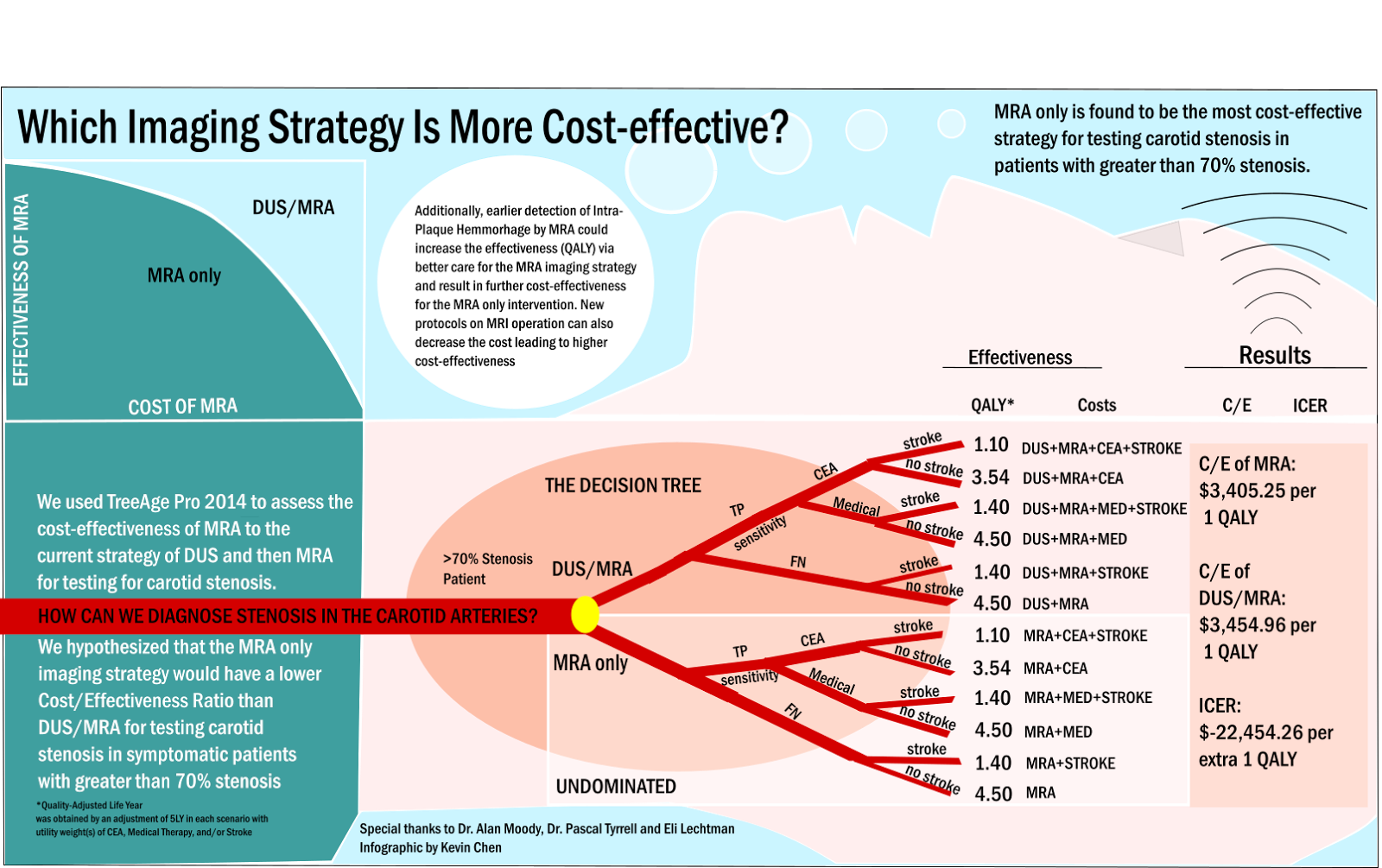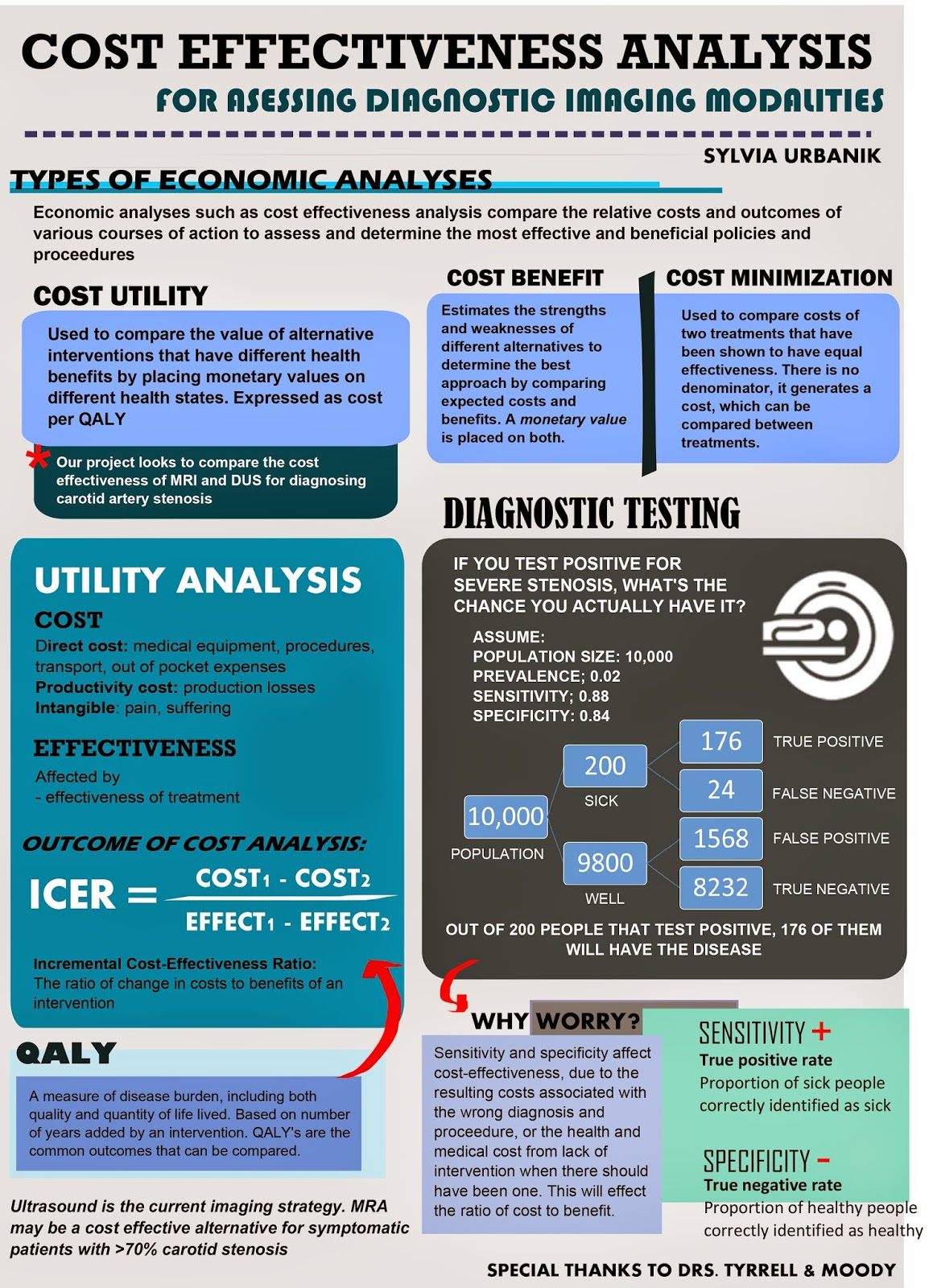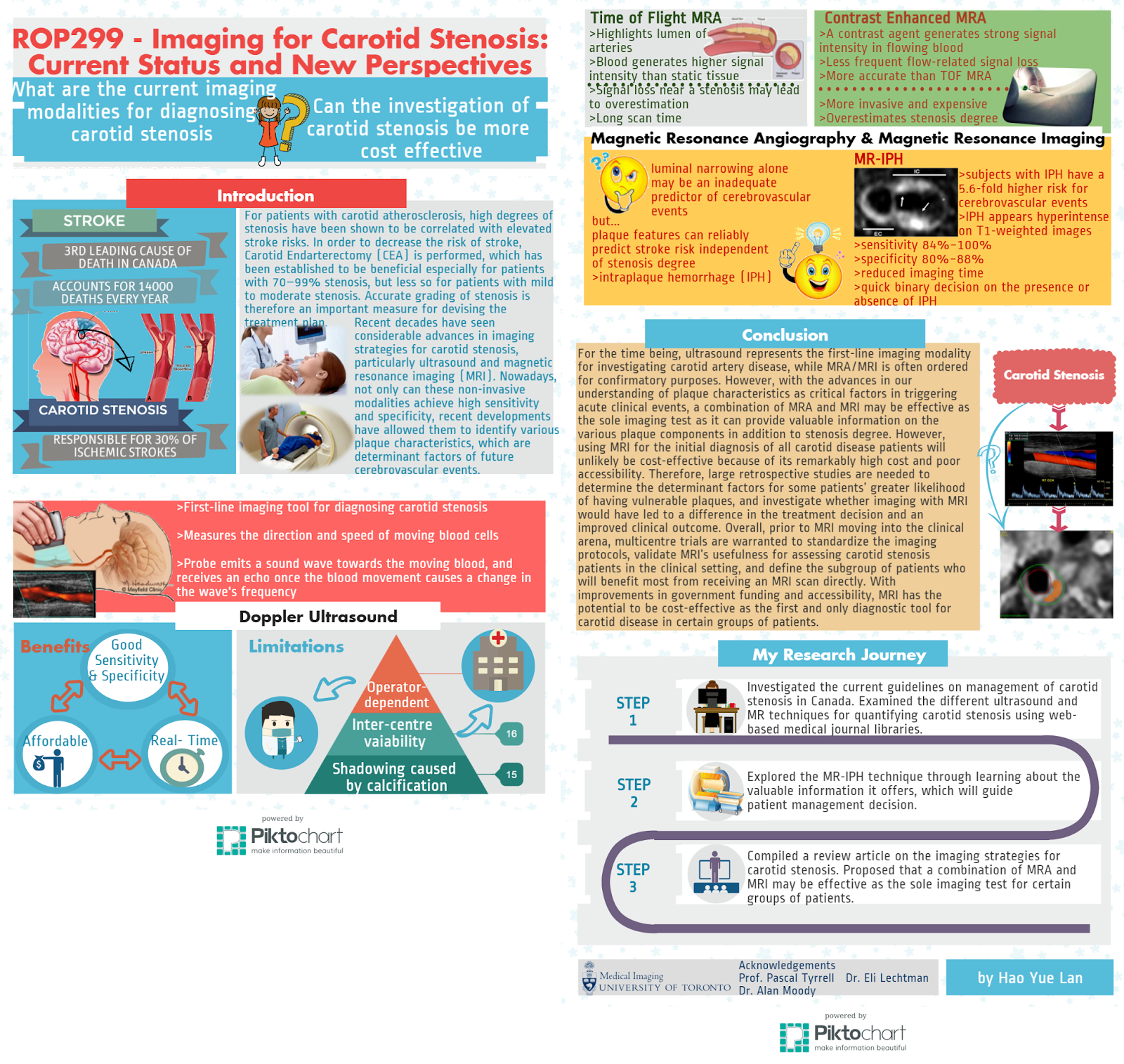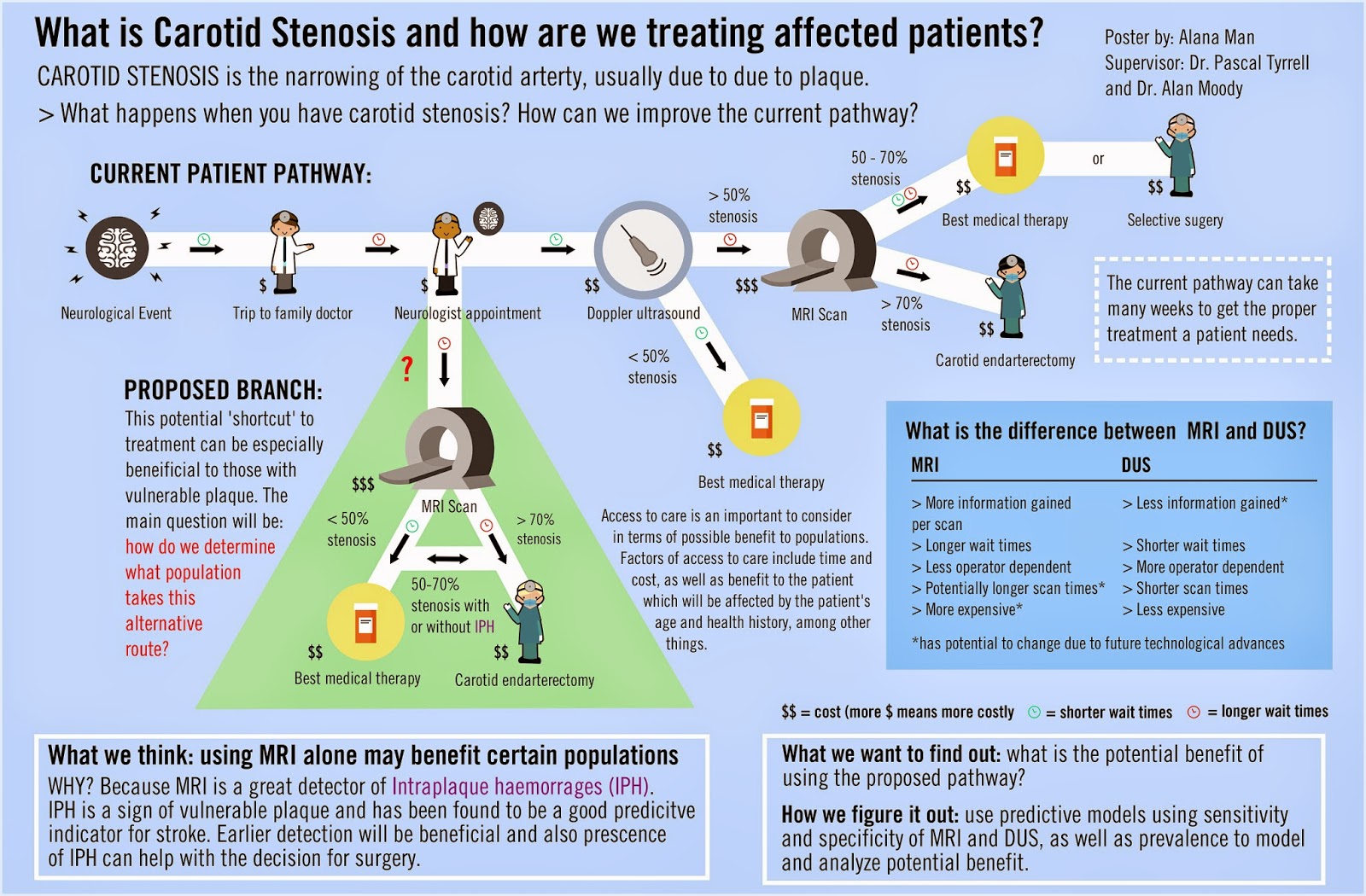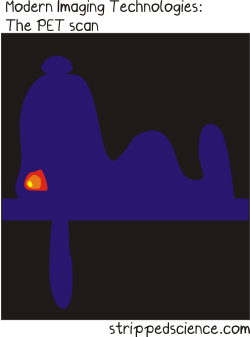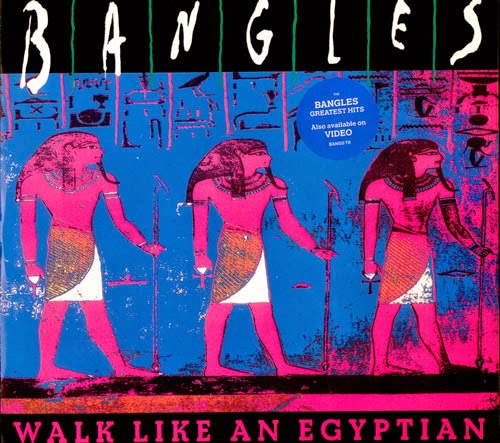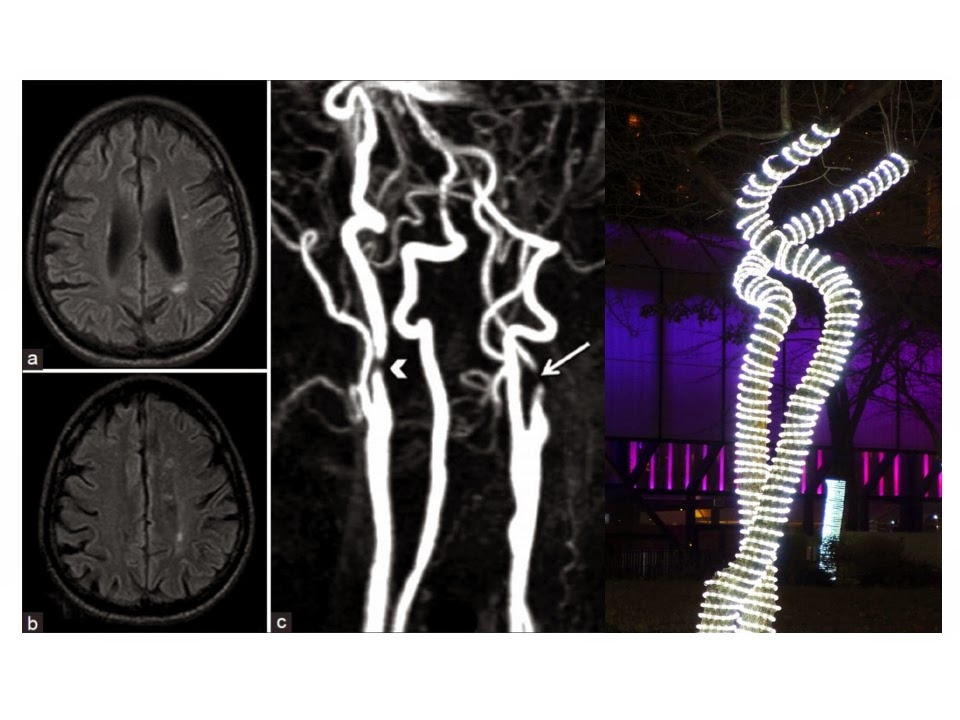 Just got back from the RSNA! Wow what a big conference – 56,000 people this year. McCormick place in Chicago, Illinois (where the conference is held) feels like an airport it is so big.
Just got back from the RSNA! Wow what a big conference – 56,000 people this year. McCormick place in Chicago, Illinois (where the conference is held) feels like an airport it is so big.
Love Chicago. Great city.
Of course, I had the pleasure of attending a bunch of great presentations and today I will introduce you to one of them. Tina Binesh Marvasti (say that 7 times fast!) presented on the topic of Haptoglobin. No, not Hobgoblin (not sure who that is? See here) or his infamous green predecessor (see here).
So, what is Haptoglobin you ask? It is a serum protein that binds free hemoglobin – resulting from the breakdown of red blood cells – and functions to prevent loss of iron (contained in the heme group) through the kidneys and to protect tissues from the highly reactive heme groups. Essentially a housekeeping protein that helps to recycle hemoglobin as part of the red blood cell life cycle. Now what if your ability to clean-up free hemoglobin was impaired? Well, quite simply you would be putting at risk those sensitive tissues that come into contact with free hemoglobin.
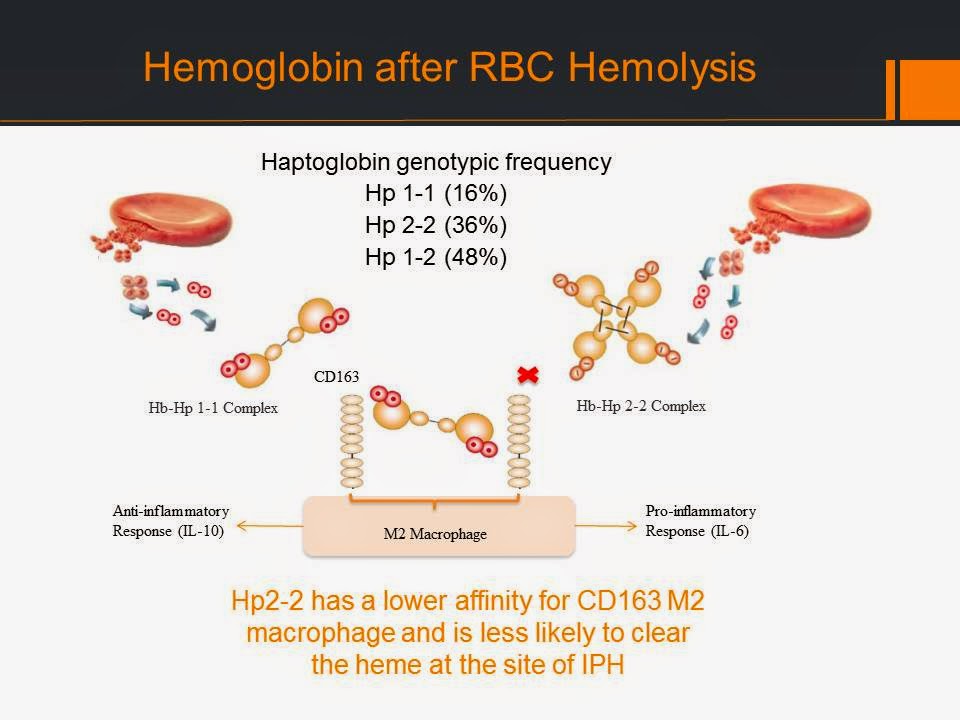 One important example of this is vessel walls affected by atheroma (AKA plaque). Sometimes these atheroma can bleed (called intraplaque hemorrhage or IPH) which worsens the whole situation. Typically, your body responds by sending the clean-up crew including the Hobgoblin (or haptoglobin, I always get these two confused).
One important example of this is vessel walls affected by atheroma (AKA plaque). Sometimes these atheroma can bleed (called intraplaque hemorrhage or IPH) which worsens the whole situation. Typically, your body responds by sending the clean-up crew including the Hobgoblin (or haptoglobin, I always get these two confused).
When people have the recessive genotype (Hp 2-2) of the Hp gene they produce less haptoglobin and therefore are at increased risk of damage from free hemoglobin (or more specifically the heme groups).
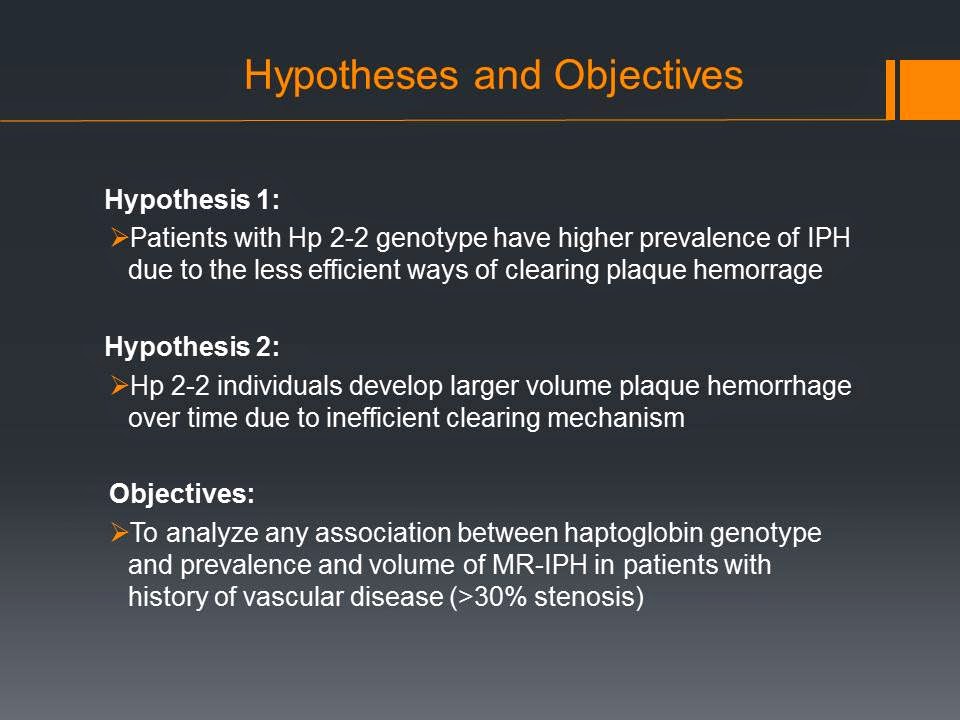 Tina and friends hypothesized the following:
Tina and friends hypothesized the following:

And she found that having the recessive Hp2-2 genotype was associated with a higher prevalence of IPH in a group of 80 patients (average age of 73 yrs). She also found that the IPH volume of Hp2-2 patients worsened over time.

So what is the take home? The Haptoglobin genotype is associated with IPH which is a biomarker of high risk vascular disease and could identify populations at higher risk of developing cardiovascular events.
Now for the fun part (see the rules here), using Haptoglobin in a sentence by the end of the day:
Serious: Hey Bob, did you know that a recessive haptoglobin genetype may contribute to an increased risk of cerebrovascular disease?
Less serious: My GP suggested that based on my recessive hobgoblin genotype I should consider a healthier lifestyle. Funny, I always figured Doc Ock to be the one to watch for…
OK, watch the Spider-man 2 trailer to decompress and I’ll see you in the blogosphere…
Pascal Tyrrell




